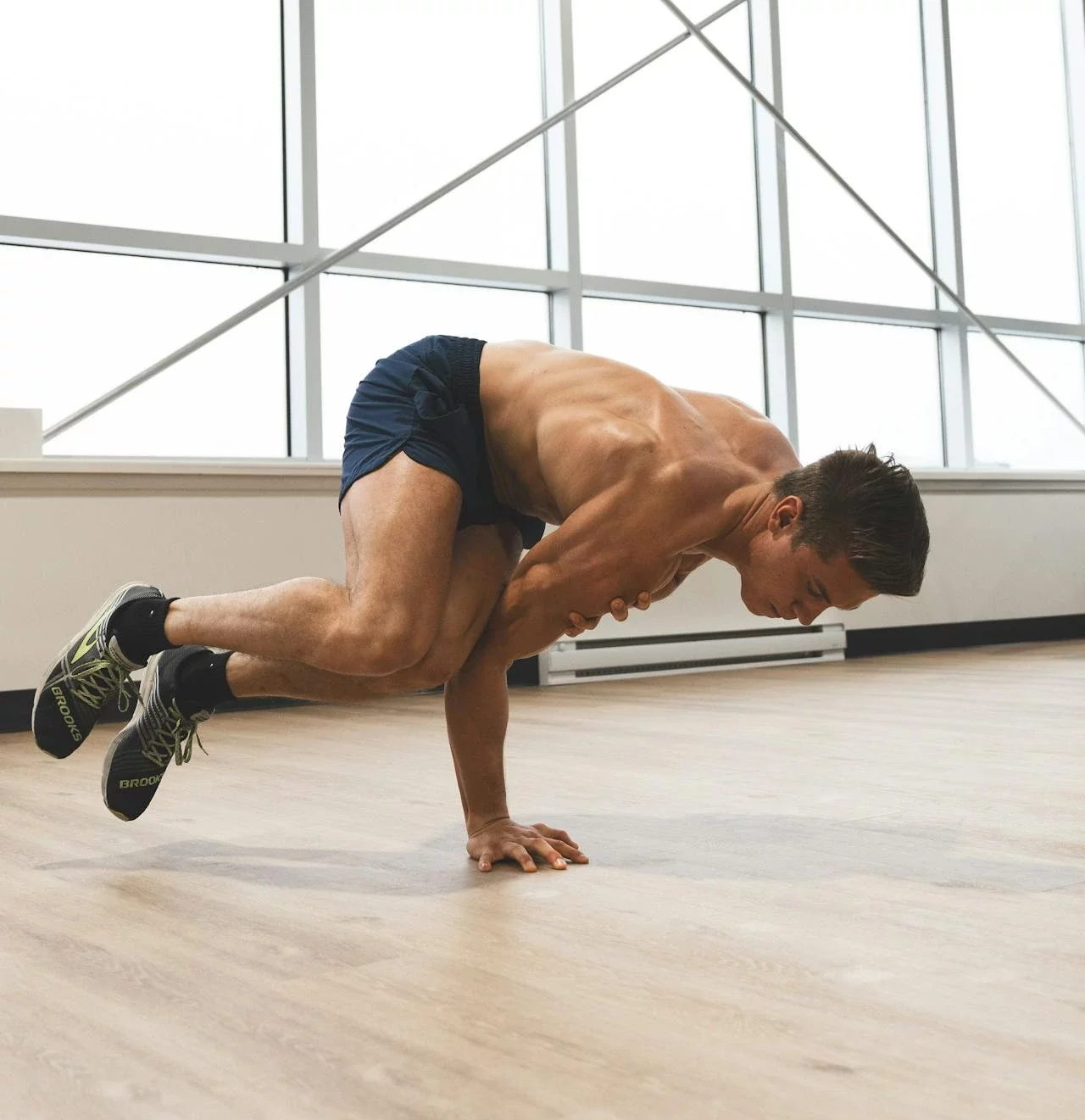
If you’re looking to improve your strength and fitness, you may have come across the terms “strength training” and “functional strength training.” While both approaches involve resistance training to build muscle strength, they differ in their focus, methods, and outcomes. In this blog post, we’ll explore the differences between traditional strength training and functional strength training, and help you determine which approach is best suited to your fitness goals.
We’ll delve into the exercises, equipment, and settings typically involved in each approach, and discuss the benefits and drawbacks of each. By the end, you’ll have a clearer understanding of these two training methods and be able to make an informed decision on which one is right for you. So, let’s dive in and explore the world of strength training!
Table of Contents
What is Functional Training?
Functional training is a type of exercise that focuses on movements that mimic real-life activities and enhance your ability to perform everyday tasks with ease. Unlike traditional strength training, which often targets specific muscle groups in isolation, functional training engages multiple muscle groups simultaneously and incorporates movements that require balance, stability, and coordination.
The Importance of Mimicing Real Life Movements in Training
- Improved Functional Strength – By incorporating exercises that mimic real-life movements, you can improve your functional strength and enhance your ability to perform everyday activities with greater ease and efficiency.
- Injury Prevention – Training with exercises that mimic real-life movements can help prevent injuries by strengthening the muscles and joints that are commonly used in daily activities.
- Enhanced Athletic Performance – For athletes, incorporating real-life movements into their training can improve their performance in their respective sports by developing strength, power, and agility in movements that are specific to their sport.
- Increased Mobility and Stability – Functional training exercises that mimic real-life movements can improve your overall mobility and stability, reducing your risk of falls and improving your balance and coordination.
- Greater Carryover to Everyday Life – By incorporating exercises that mimic real-life movements, you can ensure that the strength and fitness you develop in the gym carries over to your everyday life, making you stronger, more capable, and more confident in everything you do.
What Equipment are needed for Functional Training?
- Bodyweight – Your own body weight is a great tool for functional training. Exercises like squats, lunges, push-ups, and planks can be done with just your body weight.
- Resistance Bands – Resistance bands are versatile and portable, making them a great option for functional training. They provide resistance to challenge your muscles and can be used for a variety of exercises.
- Kettlebells – Kettlebells are a type of weight that can be used for a wide range of functional exercises, including squats, deadlifts, and swings.
- Medicine Balls – Medicine balls are weighted balls that can be used for exercises like throws, slams, and twists, which improve explosive power and core strength.
- Dumbbells – Dumbbells are a classic piece of equipment for functional training and can be used for exercises like bicep curls, overhead presses, and farmer’s walks.
- Sandbags – Sandbags are an unstable form of weight that can be used for exercises like squats, lunges, and carries, which improve functional strength and stability.
- Balance Boards – Balance boards can be used for exercises that challenge your balance and stability, like single-leg squats or planks.
- Pull-up Bars – Pull-up bars can be used for exercises like pull-ups and chin-ups, which build upper body strength and improve grip strength.
What is Traditional Strength Training?
What Equipment are needed for Traditional Strength Training?
- Barbells – Barbells are long metal bars that can be loaded with weight plates for exercises like squats, deadlifts, and bench presses.
- Dumbbells – Dumbbells are handheld weights that can be used for exercises like bicep curls, shoulder presses, and rows.
- Weight Plates – Weight plates come in various sizes and are used to add weight to barbells and other equipment.
- Weight Benches – Weight benches are used for exercises like chest presses, shoulder presses, and rows. They may be adjustable to different angles to target different muscle groups.
- Cable Machines – Cable machines use a system of pulleys and weights to provide resistance for exercises like lat pulldowns, tricep extensions, and cable crossovers.
- Leg Press Machines – Leg press machines are designed to target the muscles of the lower body, including the quadriceps, hamstrings, and glutes.
- Smith Machines – Smith machines are similar to squat racks, but the barbell is attached to a fixed track, providing added stability and safety for exercises like squats and bench presses.
- Kettlebells – Kettlebells are weights with a handle that can be used for a variety of exercises, including squats, deadlifts, and swings.
- Resistance Bands – Resistance bands provide a portable and versatile form of resistance for exercises like bicep curls, shoulder presses, and lateral walks.
Which Type of Training is Right for Me?
- Fitness Goals – If your primary goal is to build muscle size and definition, traditional strength training may be the best choice for you. If your goal is to improve your overall strength, mobility, and functionality, functional training may be a better fit.
- Age and Fitness Level – If you’re older or have limited mobility, functional training may be a safer and more accessible option for you. If you’re younger and in good physical condition, traditional strength training may be more challenging and enjoyable.
- Time and Availability – Functional training can often be done at home or in outdoor spaces, while traditional strength training typically requires access to a gym or fitness center. Consider your schedule and access to equipment when deciding which type of training is best for you.



